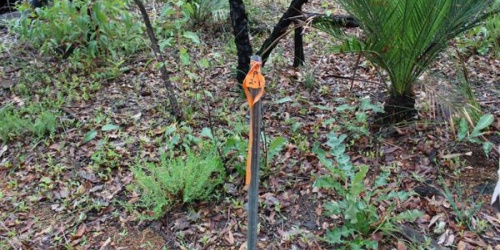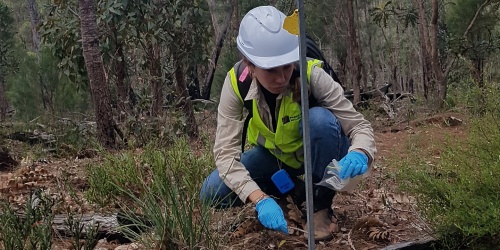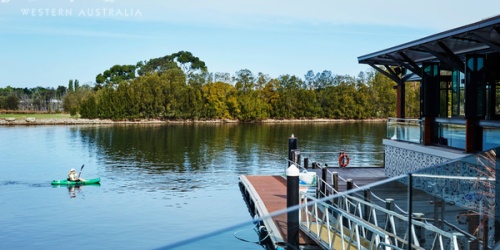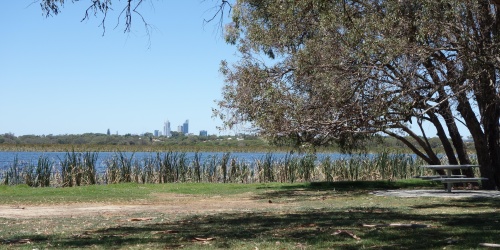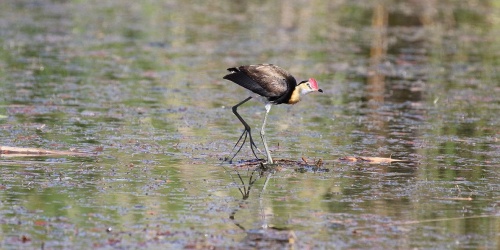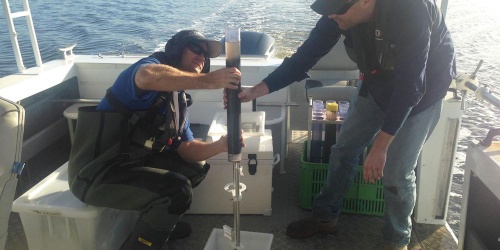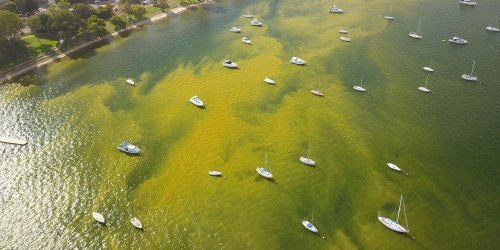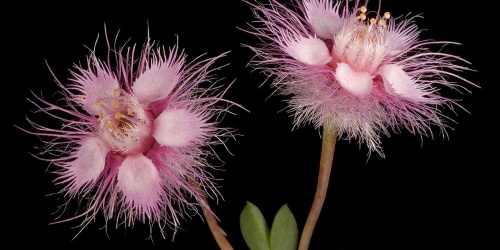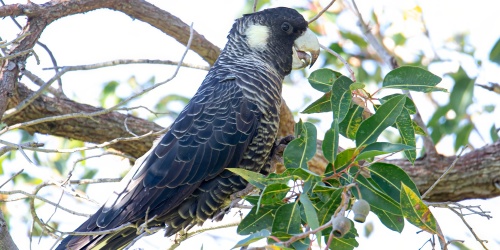
Perth and Swan River aerial. Photo Tourism WA
Program: Rivers and Estuaries Science
Status: Active
About the research project
The occurrences of anoxia (no oxygen) and hypoxia (very low oxygen) are often observed in the bottom layers of many estuaries, because of environmental conditions associated with the interaction between tides (saline water), riverine inflows (freshwater), meteorological forcing and internal biogeochemical processes.
The Swan Estuary is a diurnal, micro-tidal estuary which passes the city of Perth and discharges to the Indian Ocean at Fremantle in Western Australia. The upper reach of the estuary is narrow, shallow and meandering. The estuarine morphology causes the tide-driven salt wedge to reach the upper estuary, restricting mixing between oxygen-depleted bottom waters and oxygen-saturated upper water.
Eutrophication-related oxygen depletion cases in the upper reaches of the Swan River estuary have been recorded. As part of a multi-pronged strategy to mitigate the eutrophication in the estuary, side-stream supersaturated oxygenation plants have been installed in Guildford (2008) and Caversham (2011).
The 3D Swan Canning Estuarine Response Model (SCERM) is utilised to investigate that oxygenated water distribution is responsive to the changes in hydrodynamic and biogeochemical conditions (essential to improve the oxygenation efficiency) and to proactively define the necessary adaptation of the oxygenation plants management to face the challenge of climate change.
Management outcomes
The project will provide key understanding on the Swan River estuary’s hydrodynamic (water level, temperature and salinity) and oxygen dynamics (including fluxes) based on a five year (2018-2023) validated oxygen model, which will assist the oxygenation plants managers in optimising the plant’s operation and adaptation of climate change impact on the operation.
Key understandings include the influence of seasonal variations of the estuary conditions, salt wedge dynamics, catchment inflow on the extent of oxygenation plumes.
Further assessment to be conducted on possible improvement of the plant's efficiency and any alteration required as a response to the climate change scenario.
Progress
The Swan Canning Estuarine Response Model (SCERM) developed by the UWA-AED group (Paraska, et al. 2022) in collaboration with DBCA is modified to suit the purpose of this project.
Modifications to the original SCERM (with 44 catchment inflows; hence it’s called SCERM44) include a more localised model domain (spanning from the upper reach/Yagan Bridge in Belhus to the Narrows), 2D meteorological forcing, and 29 inflows from the contributing catchments; herewith is called SCERM29.
The project current status is performing the SCERM29 calibration and validation (2018-2022) utilising dataset (including temperature, salinity, oxygen) collected by the oxygenation team in Conservation and Ecosystem Management and the estuarine monitoring by the Rivers and Estuaries Science team.
Project team
| Dr Sri Adiyanti | Dr Kerry Trayler | Dr Michael Barry | Tom Ryan | Marco Warmt-Murray |
|---|---|---|---|---|
| Research Scientist, Rivers and Estuaries. | Principal Scientist, Rivers and Estuaries. | Senior Principal Engineer, TUFLOW Water Quality Lead, BMT Global | Environmental Officer, Oxygenation and Waterway Intervention, Swan Canning Waterways Branch. | Environmental Officer, Oxygenation and Waterway Intervention, Swan Canning Waterways Branch |
Collaborators
External Collaborators:
UWA AquaticEcoDynamics (AED) Research Group: A/Prof Matthew Hipsey
BMT Global (TUFLOW Developer): Dr Michael Barry
Publications
Howarth, R., Chan, F., Conley, D.J., Garnier, J., Doney, S.C., Marino, R. and Billen, G., 2011. Coupled biogeochemical cycles: eutrophication and hypoxia in temperate estuaries and coastal marine ecosystems. Front. Ecol. Environ. 9, 18-26, https://doi.org/10.1890/100008.
Huang, P., Kilminster, K.L., Larsen, S. and Hipsey, M.R., 2018. Assessing artificial oxygenation in a riverine salt-wedge estuary with a three-dimensional finite-volume model. Ecol. Eng. 118: 111-125, https://doi.org/10.1016/j.ecoleng.2018.04.020.
IPCC, 2022. Climate Change: Impacts, Adaptation and Vulnerability. Contribution of Working Group II to the Sixth Assessment Report of the Intergovernmental panel on Climate Change [H.-O. Pӧrtner, D.C. Roberts, M. Tignor, E.S. Poloczanska, K. Mintenbeck, A. Alegria, M. Craig, S. Langdsdorf, S. Lӧschke, V. Mӧller, A. Okem, B. Rama (eds)]. Cambridge University Press, Cambridge, UK and New York, NY, USA, 3056 pp, https://doi.org/10.1017/9781009325844.
Larsen, S.J., Kilminster, K.L., Mantovanelli, A., Goss, Z., Evans, G.C., Bryant, L.D. and McGinnis, D.F., 2019. Artificially oxygenating the Swan River estuary increases dissolved oxygen concentrations in the water and at the sediment interface. Ecol. Eng. 128: 112-121, https://doi.org/10.1016/j.ecoleng.2018.12.032.
O’Callaghan, J., Pattiaratchi, C., Hamilton, D., 2007. The response of circulation and salinity in a micro-tidal estuary to sub-tidal oscillations in coastal sea surface elevation. Cont. Shelf. Res. 27(14): 1947-1965, https://doi.org/10.1016/j.csr.2007.04.004.
Paraska, D., Zhai, S., Busch, B., Oldham, C.E., Huang, P., Dang, V.H. and Hipsey, M.R., 2022. Hydrological and nutrient modelling of the Swan Canning catchment-estuary system. Cooperative Research Centre for Water Sensitive Cities, Melbourne, Australia.
Roberts, K.L., Eate, V.M., Eyre, B.D., Holland, D.P., Cook, P.L.M. (2012). Hypoxic events stimulate nitrogen recycling in a shallow salt-wedge estuary: the Yarra River Estuary, Australia. Limnol. Ocenogr. 57: 1427-1442, https://doi.org/10.4319/lo.2012.57.5.1427.
Testa, J.M., Kemp, W.M. (2012). Hypoxia-induced shifts in nitrogen and phosphorus cycling in Chesapeake Bay, Limnol. Oceanogr. 57(3), 835-850. https://doi.org/10.4319/lo.2012.57.3.0835.
Zhu, Y, Hipsey, M., McCowan, A., Beardall, J., Cook, P.L.M (2016). The role of bioirrigation in sediment phosphorus dynamics and blooms of toxic cyanobacteria in a temperate lagoon. Environ. Modell. Software 86, 277-304, https://doi.org/10.1016/j.envsoft.2016.09.023.
Contact
Dr Sri Adiyanti
Research Scientist
sri.adiyanti@dbca.wa.gov.au
